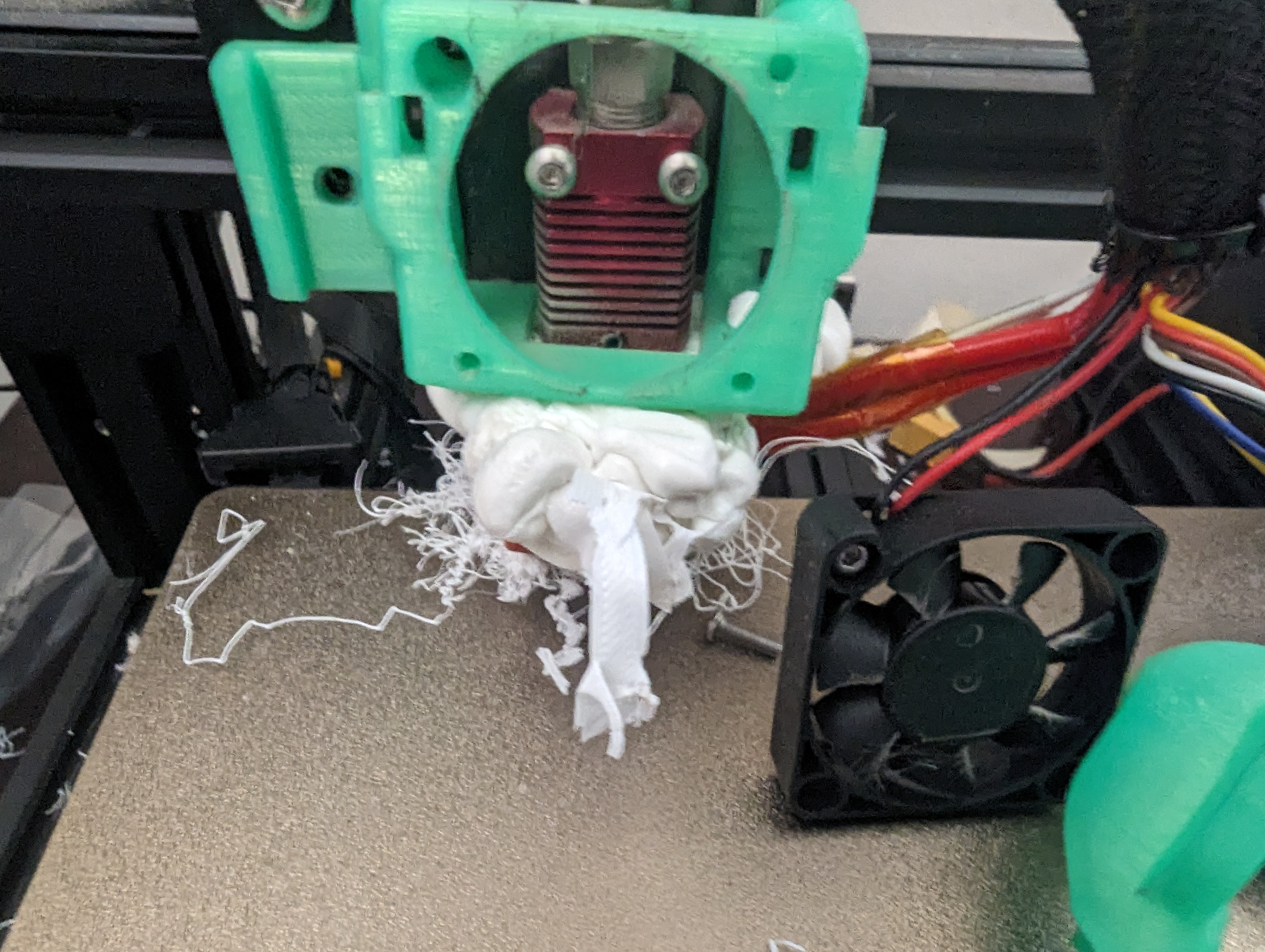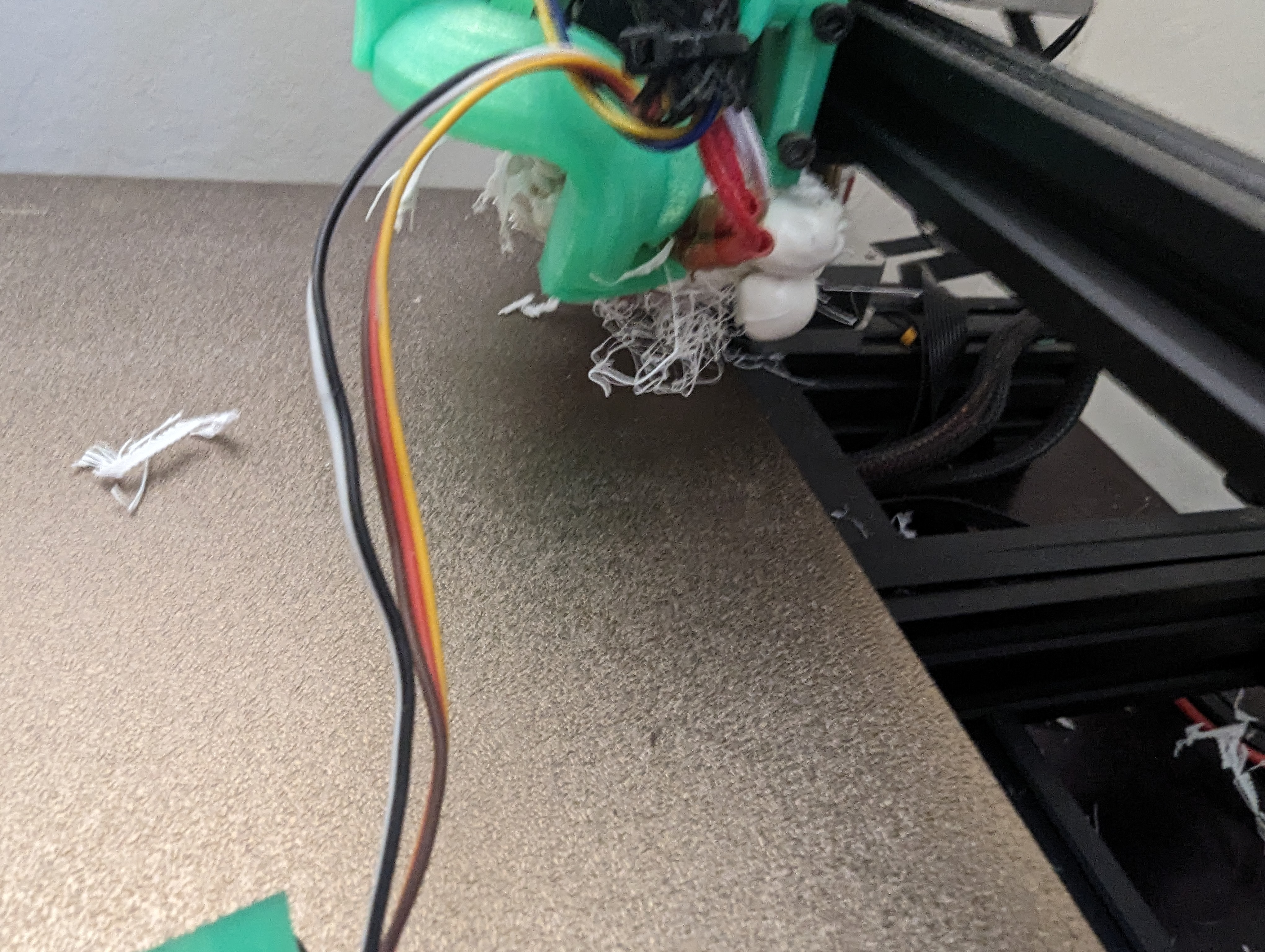Yeah. It's crazy to think that USB can now handle 240W. And yes, the naming conventions are terribad but, at least the standards are actually open, unlike VESA's.
nickwitha_k
This. I don't partake anymore because if I have too much, it puts me in a full-blown anxiety attack, sometimes with existential terror mixed in, and couch-lock on top of that. Nothing quite like appearing to be having a fine time to the outside world while internally being trapped somewhere between emotional purgatory and hel for several hours.
The risks outweigh the benefits for me. That just means more for everyone else though ;)
Yeah. You shouldn't have an issue then - all of the nix stuff worked as it was supposed. Really a documentation problem more than anything.
Oh, absolutely. I'd never be willing to use their firmware and I'd be extremely hesitant to give them any money on account of their active role in election manipulation and complicity in political violence.
Oh. The problem wasn't the hardware. Don't let my experience dissuade you, especially if you already know and like NixOS. It was the NixOS docs and my unfamiliarity with Nix/NixOS. Following the official docs gave me an install that worked perfectly but had no networking. I might give it another go once the docs are more mature but the experience and need of a DSL left a bad taste in my mouth.
I would think so as well. Possibly it's because a local VM is harder for them to monitor.
I've got a 16 without dGPU currently. Running Fedora Silverblue after a bad experience trying out NixOS. Battery life could be better but, it's been pretty awesome and flawless so far. I've barely started my tinkering on it since I have a ton of other projects but, I'm really enjoying it and do recommend.
I've said this elsewhere: The Company Formerly-known as Facebook's headset has some impressive features and tech. However, the pixels-per-degree is abysmal. They need to at least triple it to be competitive with smartphones or birdbath optics. I'm not holding my breath but, I'd also not be mad if they succeed and are able to deliver for a reasonable price point.
If Windows, it requires a VM and currently infosec is not keen on virtualization in the hands of users.
I had to mess around with my ET and compile a driver (nothing pre-packaged for aarch64) in order to get CUPS to play nice with it. The network implementation is garbage so, it's been nice having a pi print server.
Also a good choice. Just never had the need since I knew a bit of regex before learning vim.



Carbon steel is great too. Many of the advantages of cast iron with lower weight and still no PFOA.